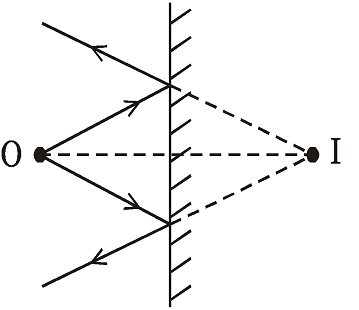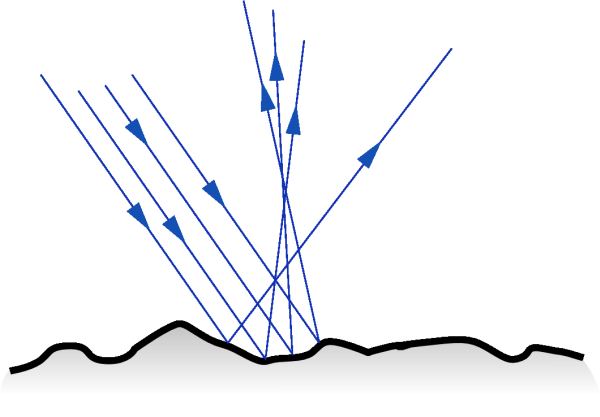A mirror whose reflecting surface is a part of
an imaginary hollow sphere is known as a spherical mirror.
Spherical
mirrors are of two types:
(1) Concave
mirrors
(2) Convex
mirrors
Concave
mirror: It is a
spherical mirror whose reflecting surface is towards the centre of the
imaginary sphere of which the mirror is a part.
Convex
mirror: It is a
spherical mirror whose reflecting surface is away from the centre of the
imaginary sphere of which the mirror is a part.
Example:
The inner shining surface of a steel spoon serves as a concave mirror and the
outer shining surface of the steel spoon serves as a convex mirror.
(1) Take a large shining spoon. Try to
view your face in the inner shining surface of the spoon.
(2) Bring the spoon close to your face.
Observe the image.
(3) Now move the spoon away from you.
Observe the image.
(4) Now try to view your face in the
outer shining surface of the spoon.
(5) Bring the spoon close to your face.
Observe the image.
(6) Now move the spoon away from you.
Observe the image.
Terms
related to spherical mirror
(1)
Centre of curvature (C)
The centre
of curvature of a spherical mirror is the centre of the imaginary hollow sphere
of which the spherical mirror is a part.
It is denoted by C.
The centre
of curvature is not a part of the spherical mirror. The centre of curvature of
a concave mirror lies in front of the spherical mirror and centre of curvature
of a convex mirror lies at the back of the mirror.
(2) Pole
(P)
The pole of
a spherical mirror is the centre of reflecting surface of the mirror. It is
denoted by the point P
(3)
Radius of curvature (R)
The radius
of curvature of a spherical mirror is the radius of the imaginary hollow sphere
of which the spherical mirror is a part. It is denoted by R
(4)
Principal axis
The
principal axis of a spherical mirror is the straight line passing through the
centre of curvature C and pole P of the spherical mirror, produced on both
sides.
(5)
Aperture
The
aperture of a spherical mirror is the diameter of the reflecting surface of the
mirror
(6)
Principal focus of a concave mirror (F)
The
principal focus of a concave mirror is a point on the principal axis at which
the incident rays parallel to the principal axis after reflection from the
concave mirror actually meet at a point on the principal axis. It is denoted by the letter F
(7)
Principal focus of a convex mirror (F)
The principal
focus of a convex mirror is a point on the principal axis at which the incident
rays parallel to the principal axis after reflection from the convex mirror
appears to meet at a point (or appears to diverge from a point) on the principal axis. It is denoted by the letter F
(8)
Focal Length (f)
It is the
distance between the principal focus (F) and pole P of the mirror. It is
denoted by letter f.
Relation
between focal length (f) and radius of curvature
Provided
the aperture of a spherical mirror is much smaller than the radius of
curvature, the focal length f can be related to radius of curvature R as
















